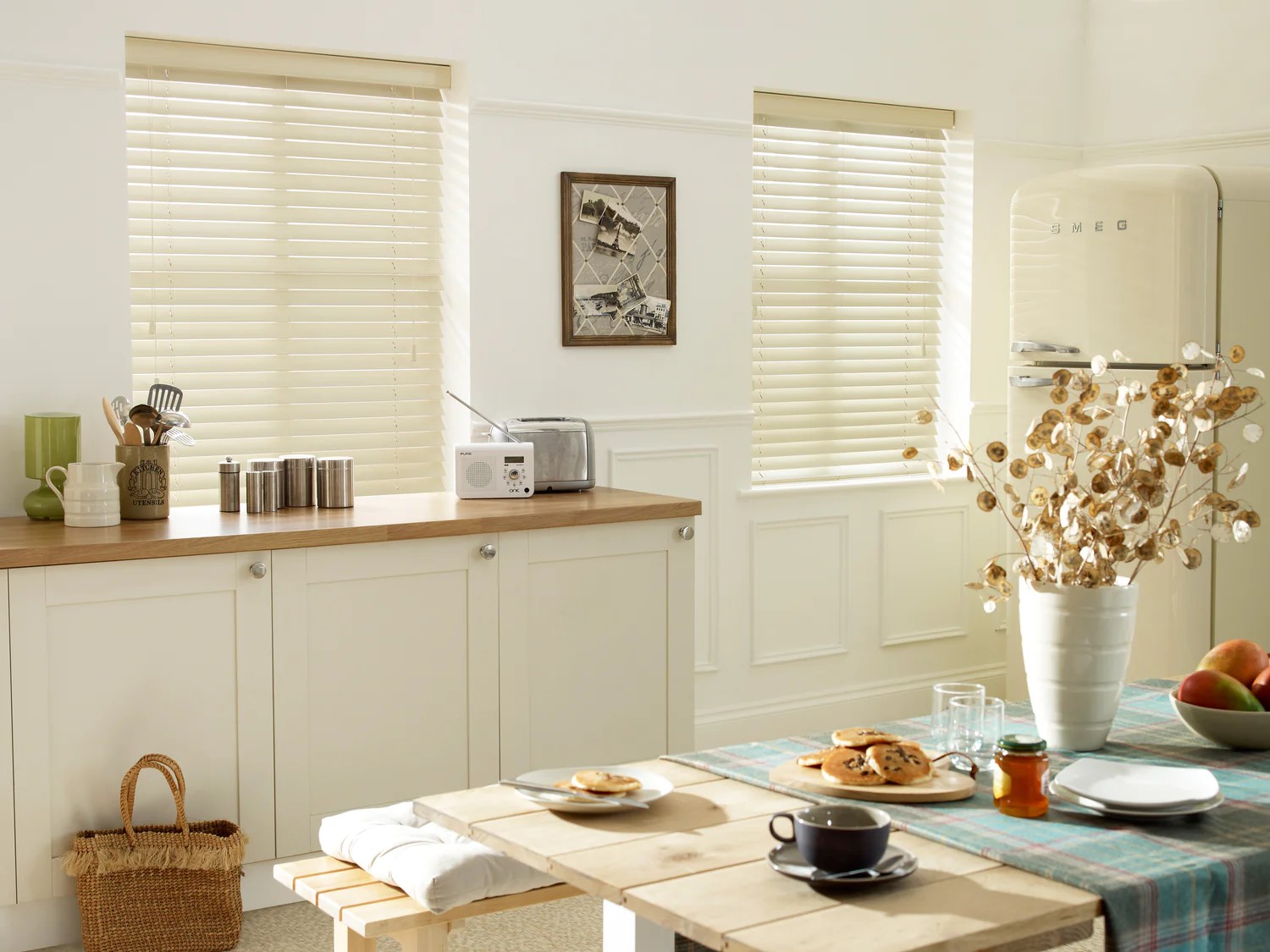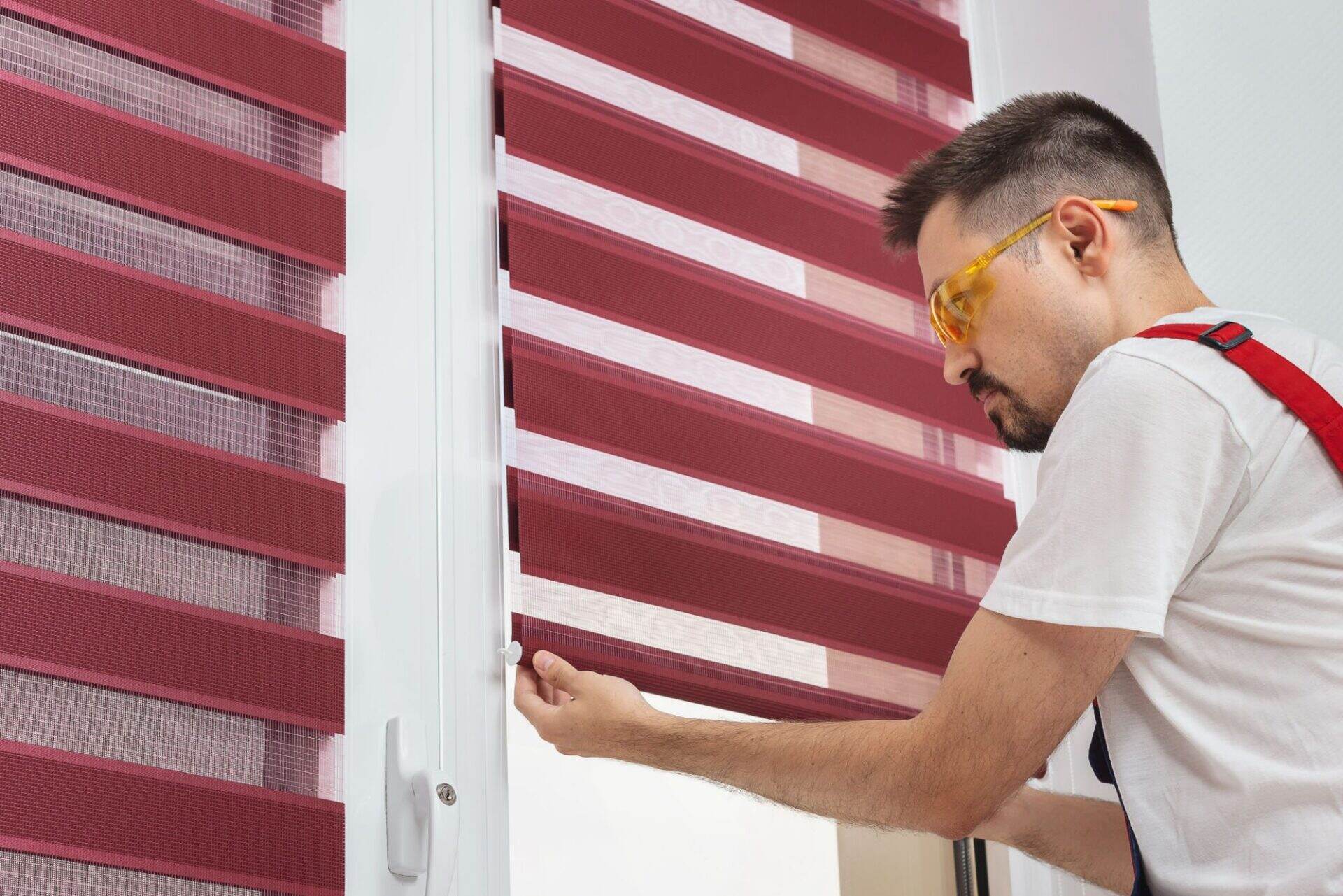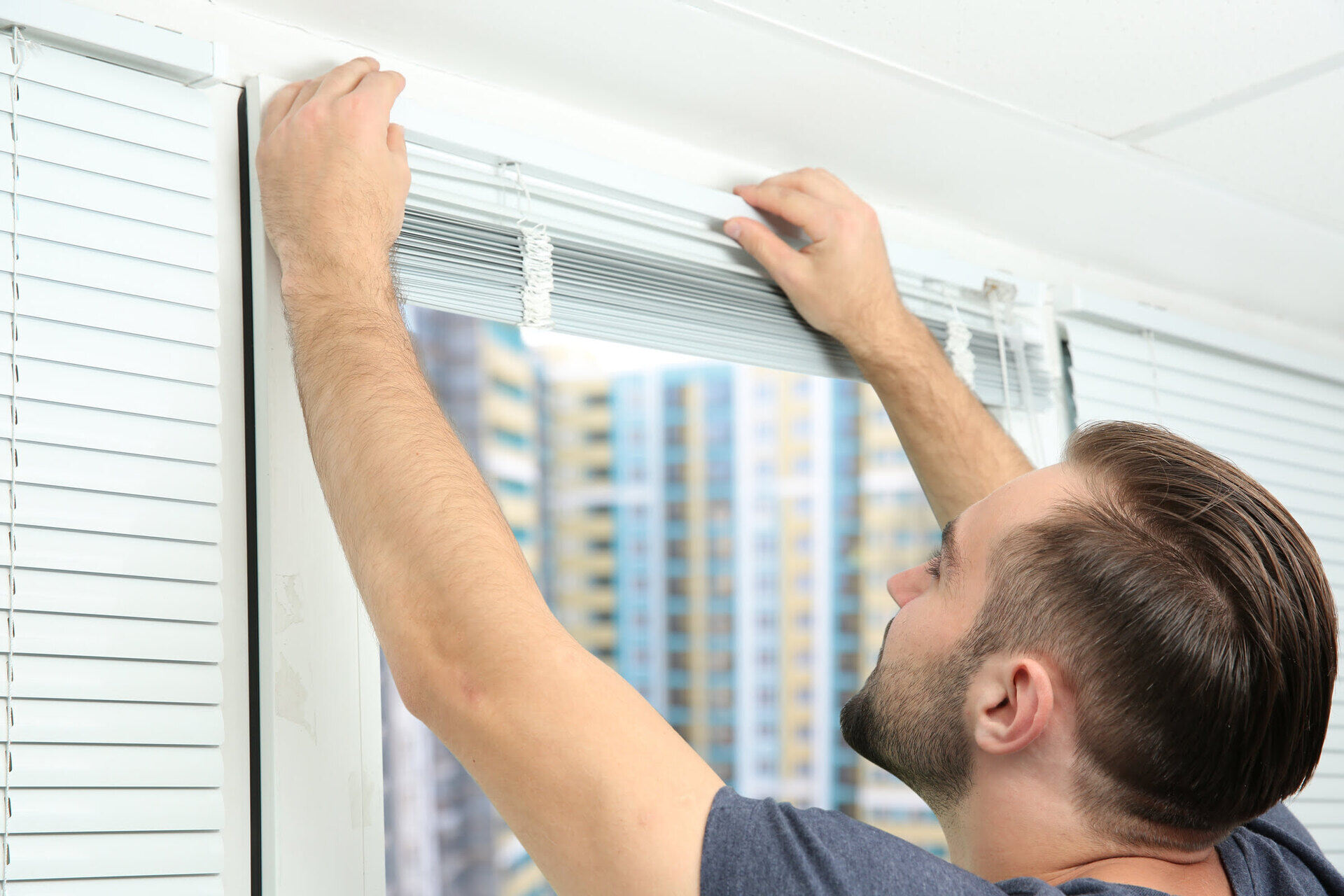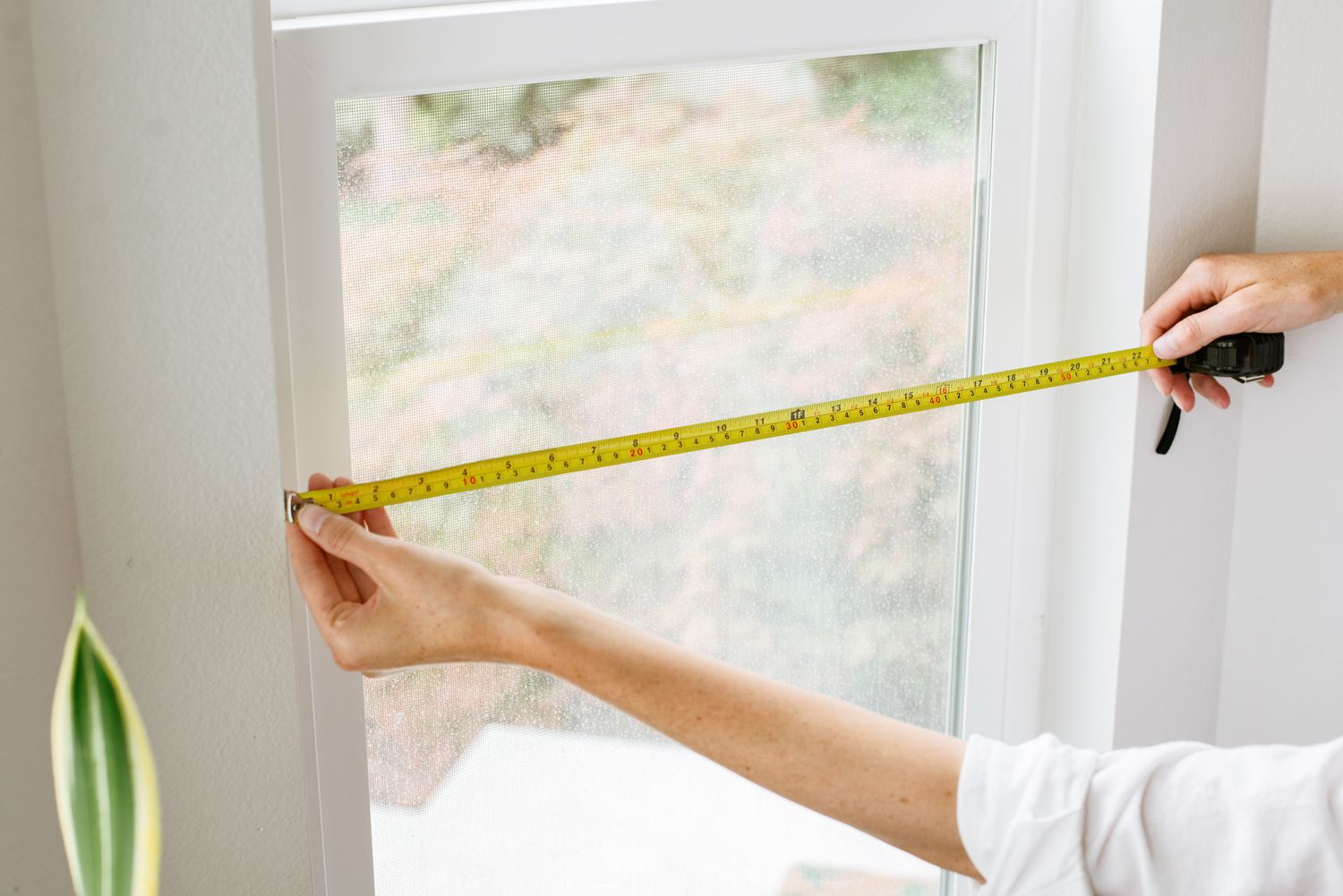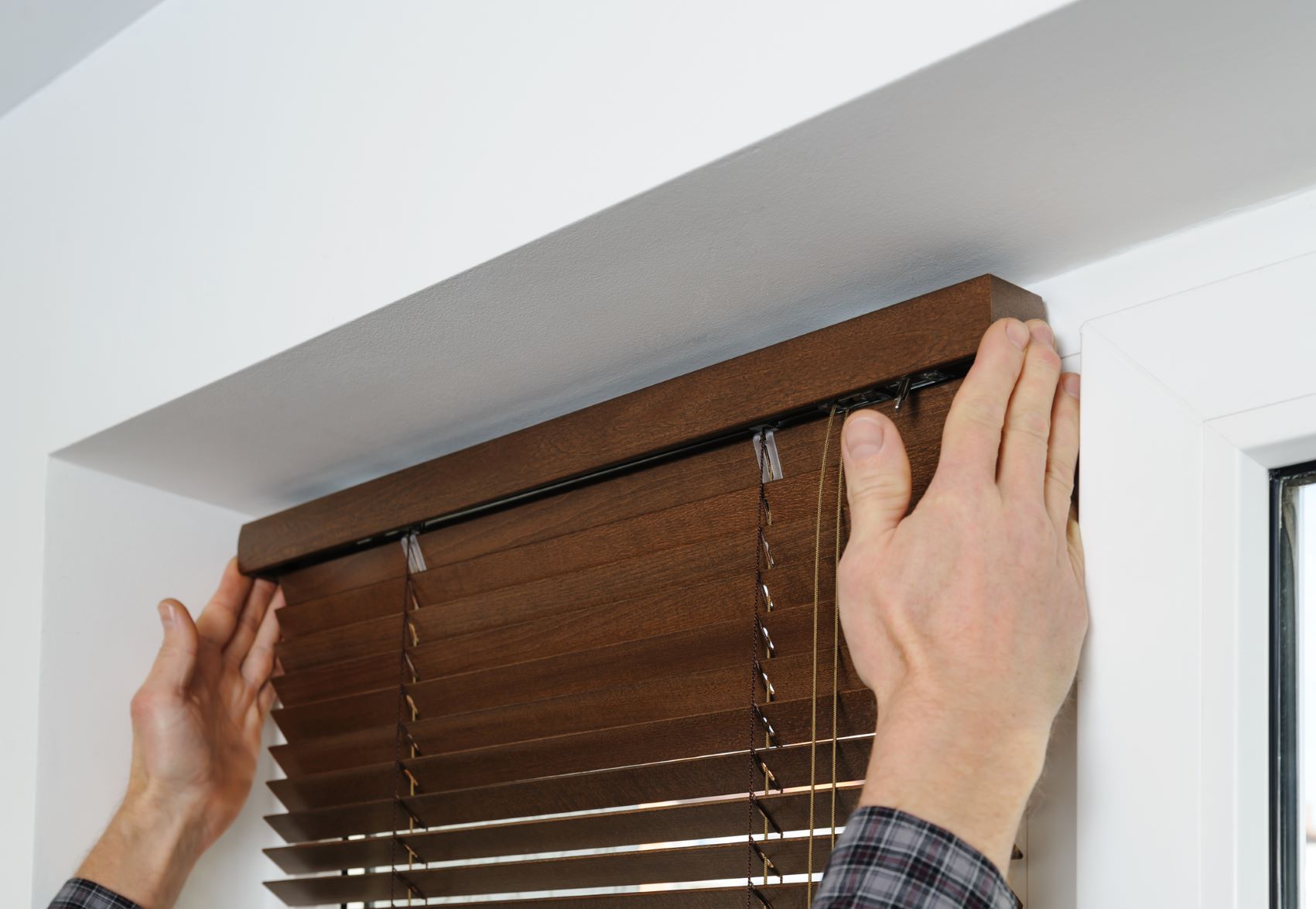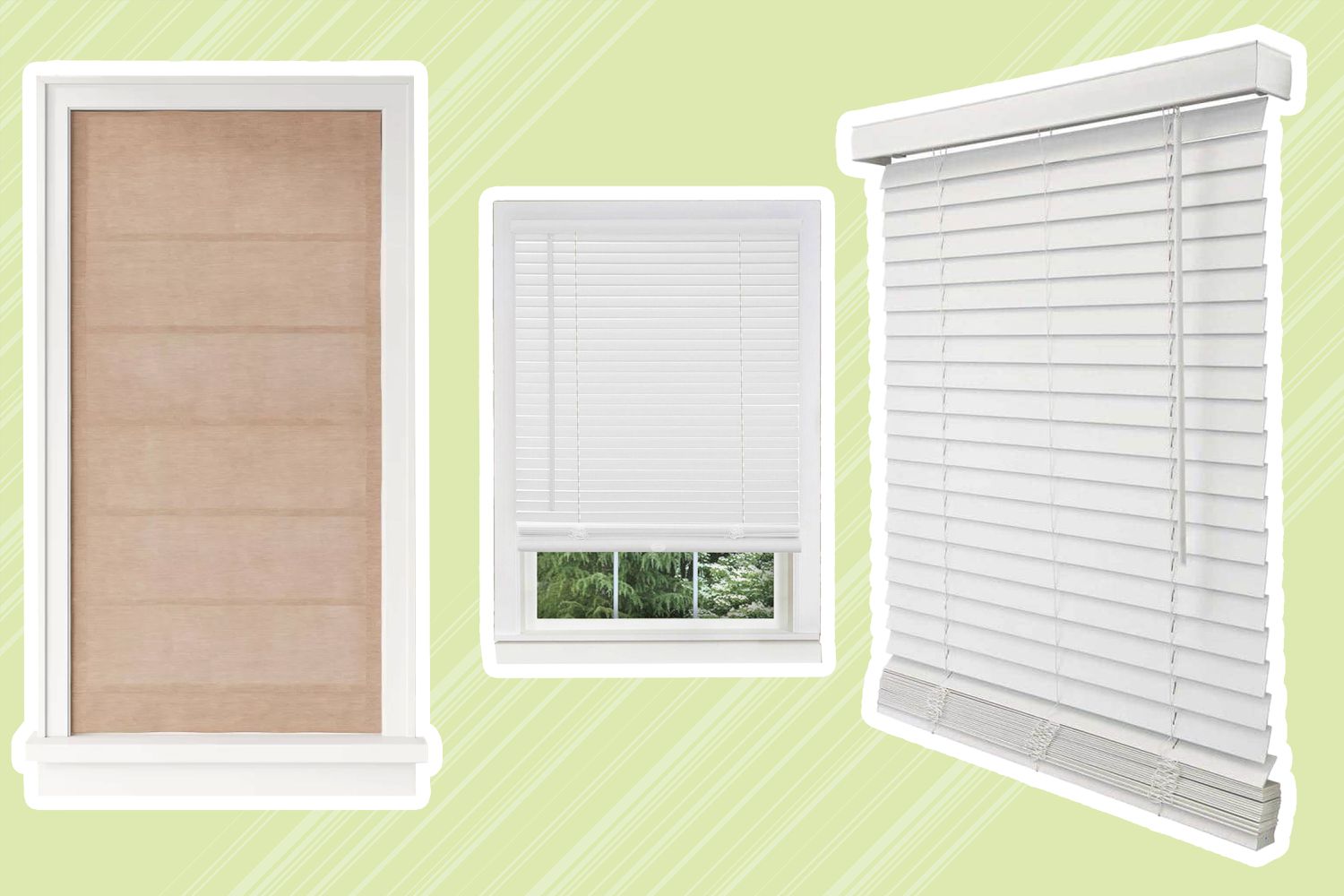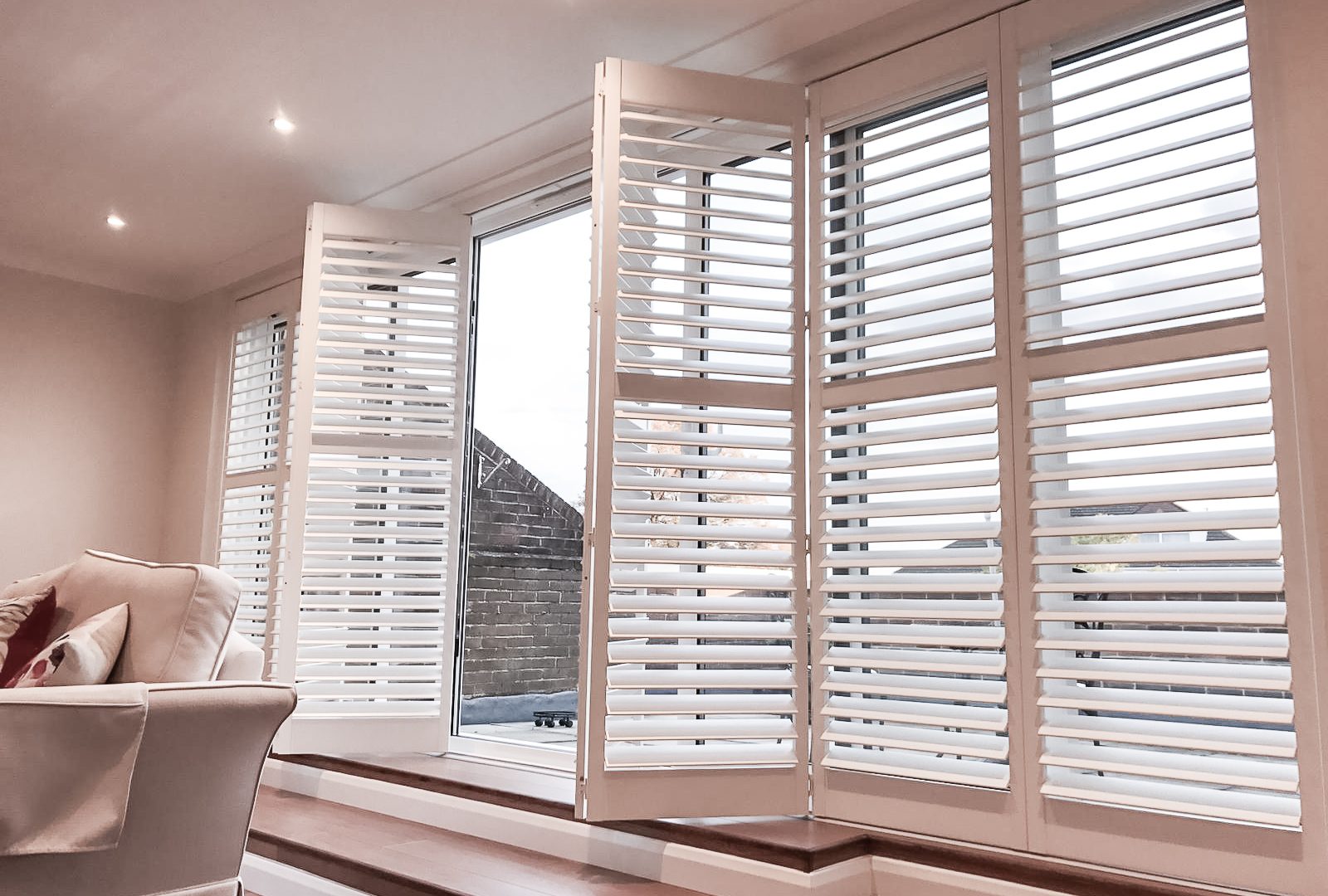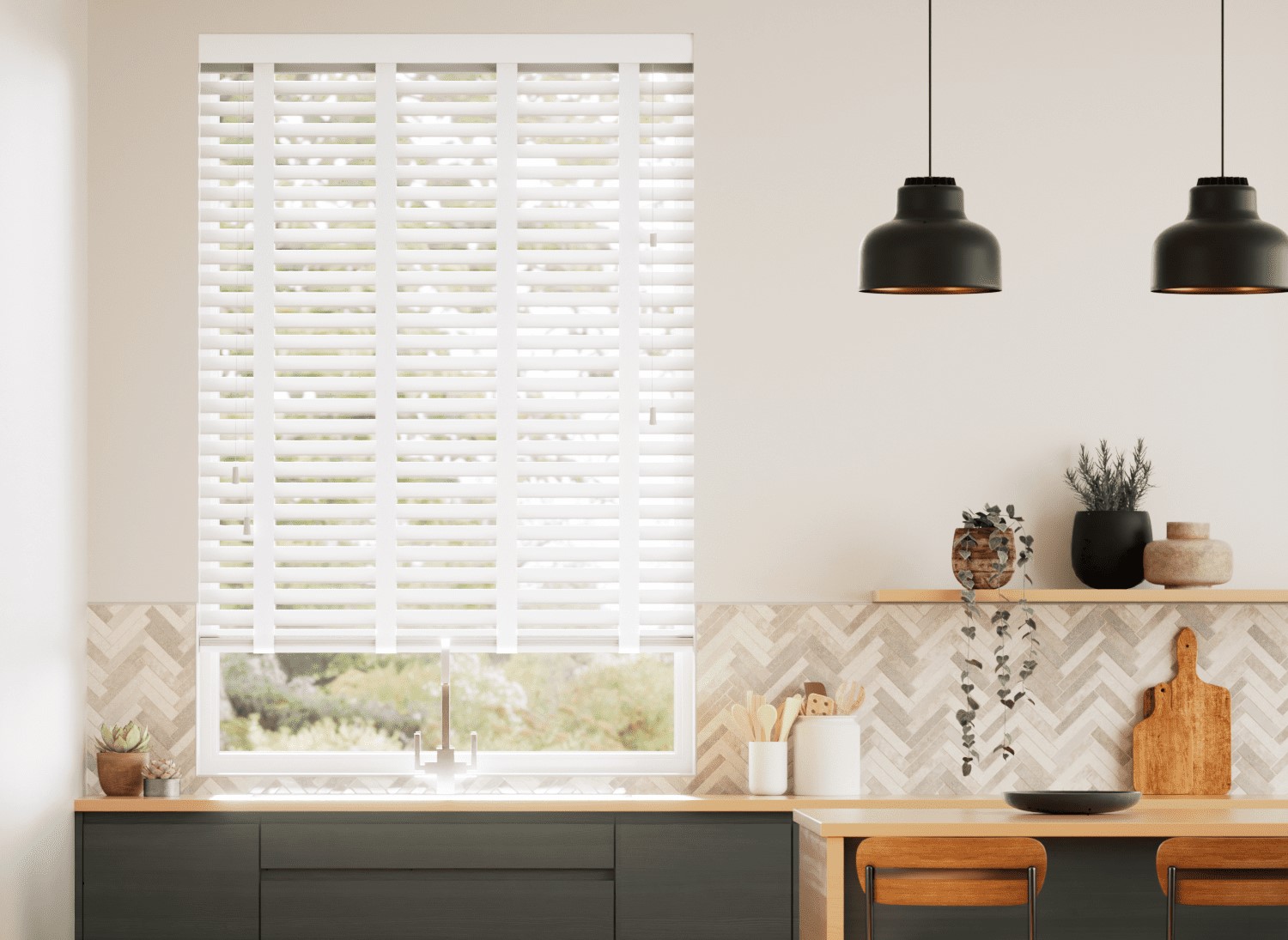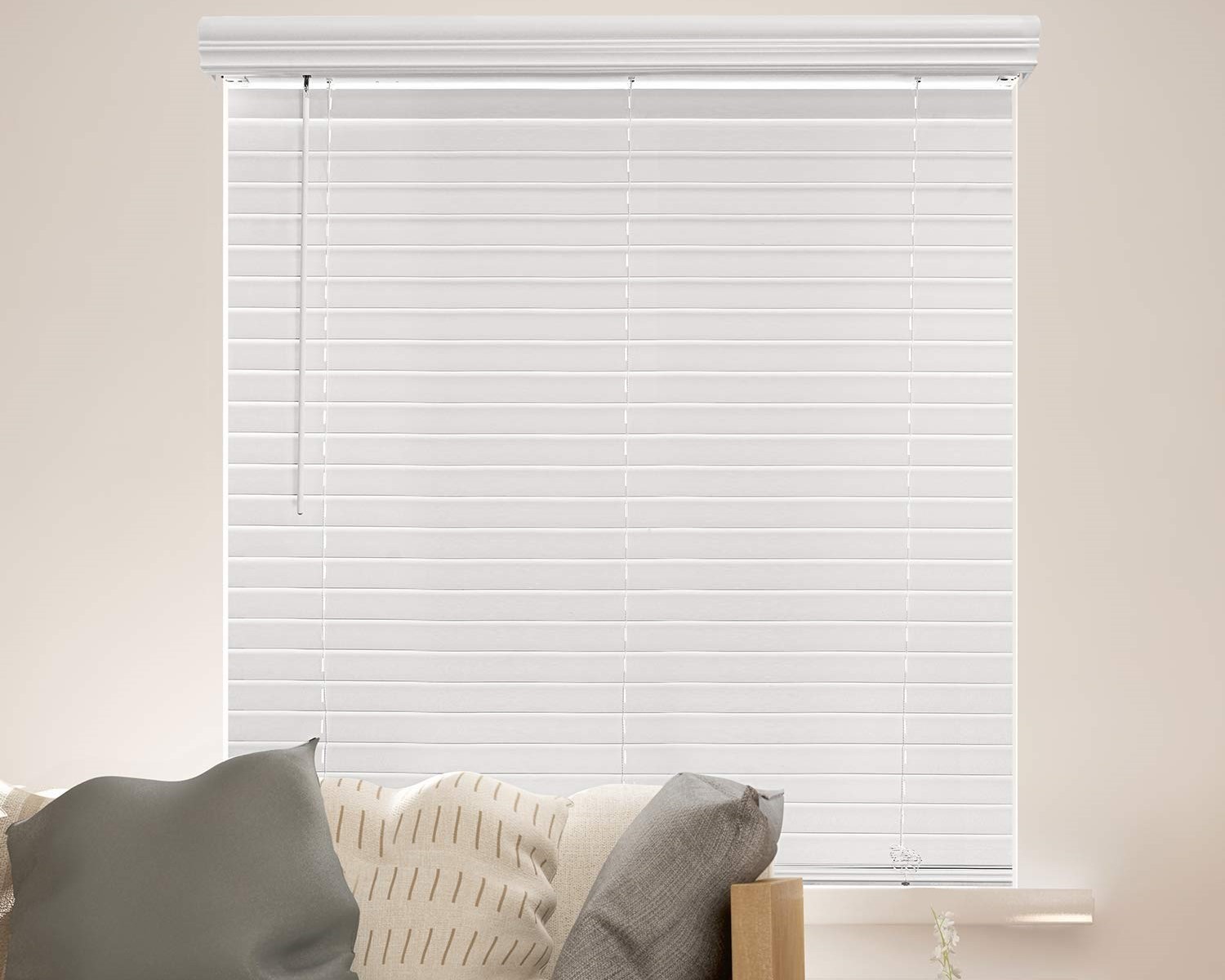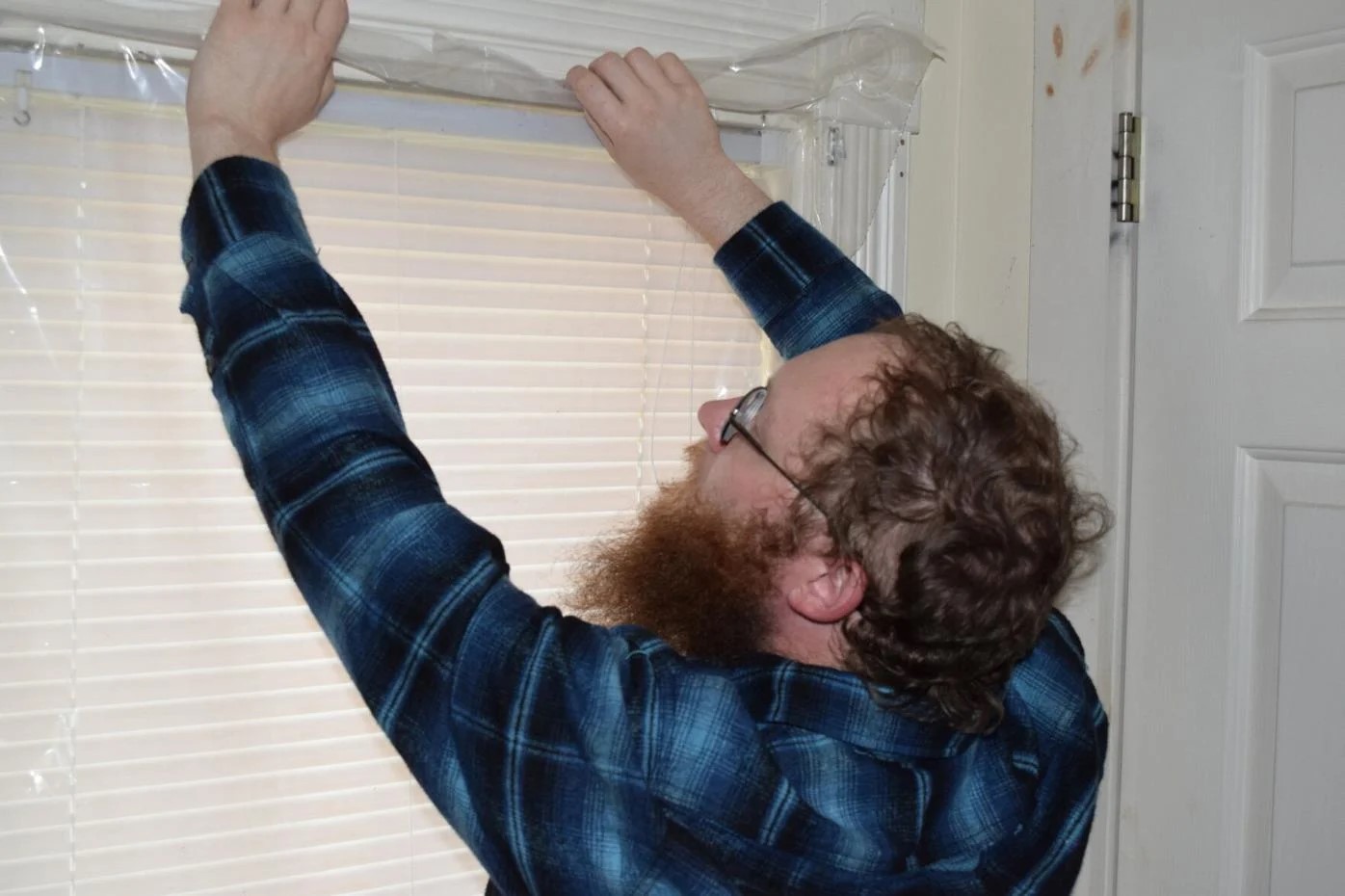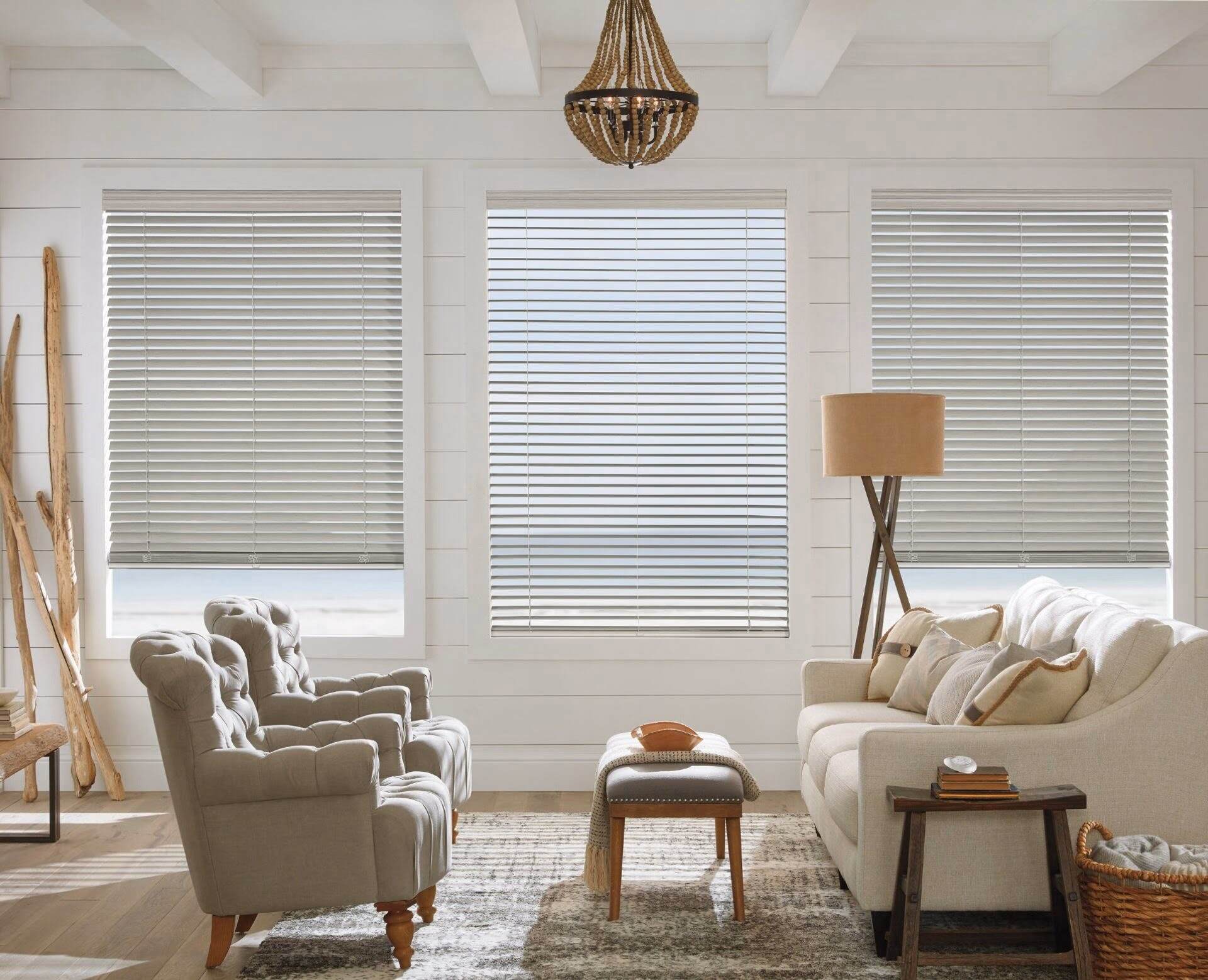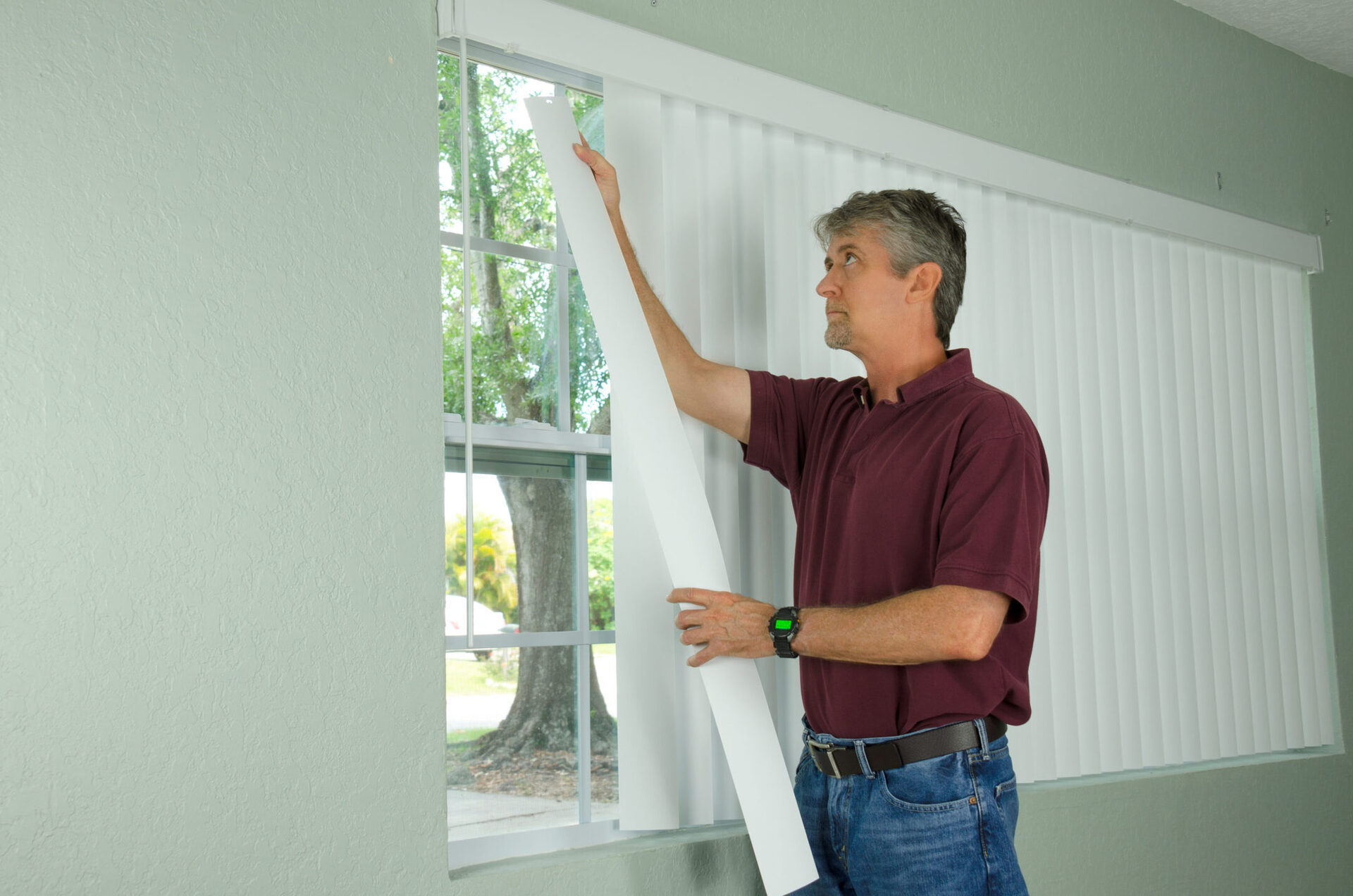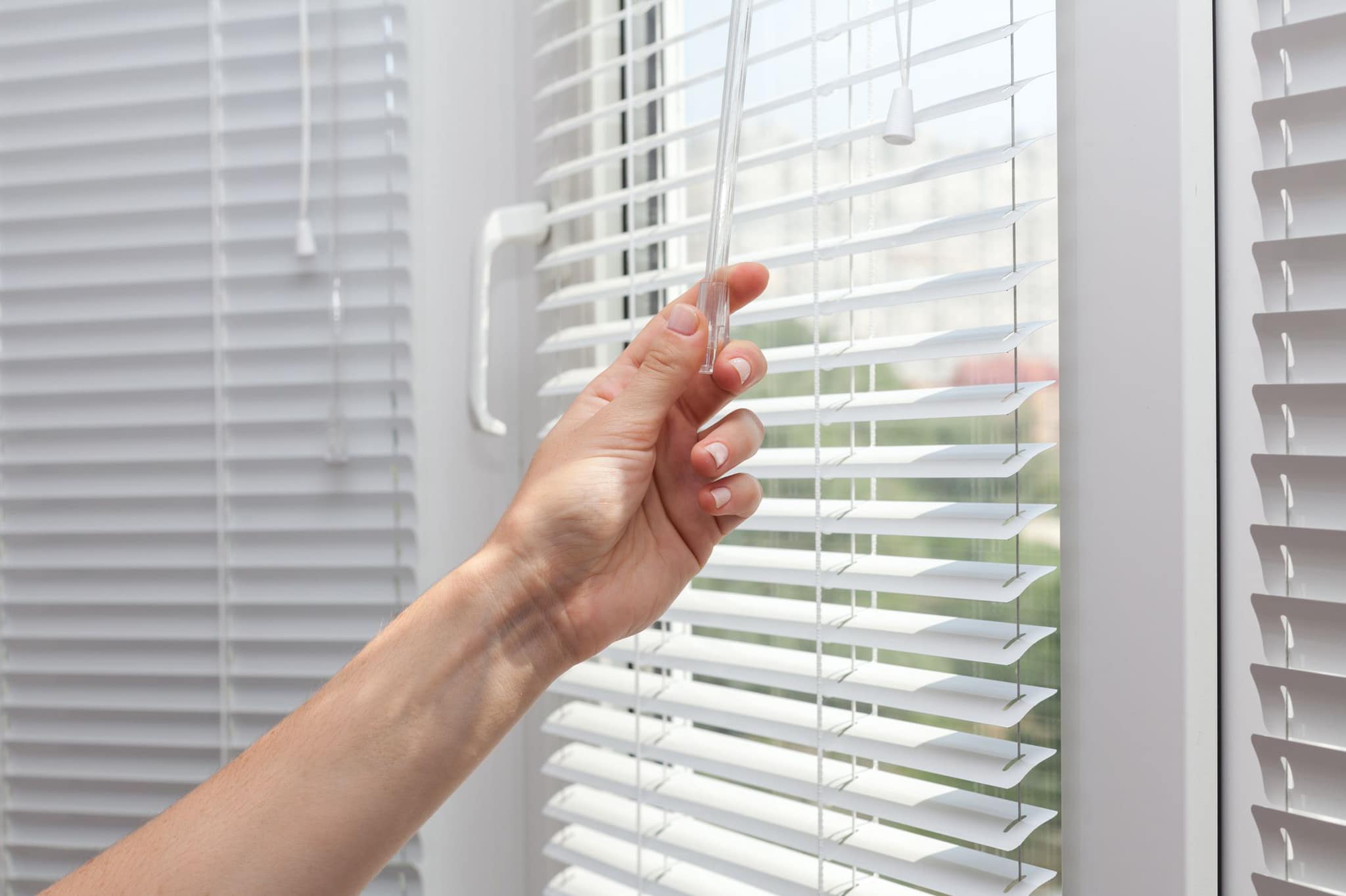

Articles
How To Close Window Blinds
Modified: October 20, 2024
Read our informative articles on how to effectively close your window blinds and maintain privacy in your home. Find expert tips and step-by-step guides here!
(Many of the links in this article redirect to a specific reviewed product. Your purchase of these products through affiliate links helps to generate commission for Storables.com, at no extra cost. Learn more)
Introduction
Window blinds are a common window treatment that not only add privacy and control the amount of sunlight entering a room but also enhance the overall aesthetic appeal. They come in various styles, materials, and designs, allowing homeowners to customize their window treatments to fit their personal preferences and interior decor. However, while window blinds offer numerous benefits, many people struggle with closing them properly.
In this article, we will guide you through the step-by-step process of closing window blinds effectively. Whether you have traditional blinds with cords or modern blinds with wands, these instructions will help you achieve the desired level of privacy, light control, and security.
By following our tips and techniques, you can effortlessly close your window blinds and enjoy a cozy atmosphere in your home.
Key Takeaways:
- Master the art of closing window blinds to control privacy, lighting, and ambiance in your living space. Gather essential tools, handle with care, and secure them for a cozy atmosphere.
- Keep your window blinds in optimal condition by dusting regularly, spot cleaning stains, and handling with care. Secure them for safety and seek professional assistance when needed.
Read more: How To Close Blinds Without String
Step 1: Gathering the Necessary Tools
Before you can begin closing your window blinds, it’s essential to gather the necessary tools. While most window blinds can be closed without any special equipment, having a few items on hand can make the process easier and more efficient.
Here are the tools you may need:
- A step ladder or stool: Depending on the height of your windows, you may need a step ladder or stool to reach the blinds comfortably. Safety should always be a priority, so ensure the ladder or stool is stable and secure.
- Sturdy gloves: If your blinds have cords, wearing gloves can protect your hands from potential injuries and provide a better grip.
- Optional: A duster or microfiber cloth: If your blinds are dusty, it’s a good idea to have a duster or microfiber cloth on hand to wipe away any debris before closing them. This will help maintain the cleanliness and longevity of your blinds.
Once you have gathered these tools, you are ready to move on to the next step and start closing your window blinds.
Step 2: Turning the Wand or Cord
Depending on the type of window blinds you have, you will either use a wand or a cord to close them. Let’s explore how to close blinds using both of these methods:
Using the Wand:
- Locate the wand: The wand is typically placed on one side of the blinds and is used to control the tilt of the slats.
- Grip the wand: Using a firm grip, hold the wand and rotate it in a downward motion. This will tilt the slats in a closed position, blocking off the outside view.
- Adjust the slats: If you want to let in a little light while still maintaining some privacy, you can slightly angle the slats by turning the wand in a semi-open position.
Using the Cord:
- Locate the cord: The cord is usually positioned in the center or at the side of the blinds.
- Hold the cord: Firmly grasp the cord and pull it towards you, allowing the blinds to close as you retract the cord.
- Release the cord: Once the blinds are closed, release the cord gently so that it doesn’t snap back and cause any damage.
Remember to operate the wand or cord with care, ensuring a smooth and controlled motion. Avoid applying excessive force, as it may lead to the blinds becoming misaligned or getting damaged.
Now that you know how to close blinds using the wand or cord, let’s move on to the next step.
Step 3: Pulling Down or Pushing Up on the Bottom Bar
In addition to using the wand or cord, some window blinds also have a bottom bar that can be manipulated to close them. This method is commonly used for blinds that have a continuous loop cord or do not have cords at all. Follow these steps to close the blinds using the bottom bar:
- Locate the bottom bar: The bottom bar is the horizontal bar at the bottom of the blinds that holds the slats together.
- Gently pull the bottom bar down: Grasp the bottom bar with your hand and pull it downward. This action will cause the slats to tilt and close, blocking the outside view.
- Alternatively, push the bottom bar up: If your blinds are in a raised position, lightly push the bottom bar upward to close them.
Make sure to use a smooth and controlled motion when pulling down or pushing up on the bottom bar. Avoid applying excessive force, as it may result in the blinds becoming uneven or getting damaged.
Using the bottom bar method offers a convenient alternative to closing the blinds, especially for those with limited dexterity or when the wand or cord is not easily accessible.
Now that you have learned how to close the blinds using the bottom bar, let’s move on to the next step.
When closing window blinds, always use the cord or wand to gently guide the slats into the closed position. Avoid pulling or forcing the blinds, as this can damage the mechanism.
Step 4: Adjusting the Slats
Once you have closed your window blinds, you may want to further adjust the slats to control the amount of light and privacy. This step is especially useful if you want to allow a bit of natural light to filter through while still maintaining some level of privacy. Here’s how you can adjust the slats:
- Using the wand or cord: If your blinds have a wand or cord, you can adjust the slats by gently rotating the wand or pulling on the cord. Rotating the wand will tilt the slats, allowing you to control the amount of light entering the room. Pulling on the cord will raise or lower the blinds, adjusting the overall position of the slats.
- Using the bottom bar: For blinds with a bottom bar, you can also adjust the slats by manipulating the bottom bar. Gently push or pull on the bar to tilt the slats to your desired angle.
Experiment with different positions of the slats to find the perfect balance between light and privacy. Tilting the slats upward will allow more light to enter the room, while tilting them downward will reduce the amount of light and provide greater privacy. Find the angle that suits your needs and complements the ambiance of your space.
Remember to handle the wand, cord, or bottom bar with care when adjusting the slats to avoid causing any damage or misalignment.
Now that you know how to adjust the slats, let’s move on to the next step.
Read more: How To Close Hunter Douglas Blinds
Step 5: Securing the Blinds in Place
Once you have closed your window blinds and adjusted the slats to your preference, it’s important to ensure that they stay in place. This step is especially crucial if you have pets, children, or if you live in an area prone to drafts or strong winds. Here are a few methods to secure your blinds:
- Locking mechanism: Some blinds come with a built-in locking mechanism that allows you to secure them in the closed position. Check your blinds for any locking features such as buttons, levers, or clips. Engage the lock to keep the blinds securely closed.
- Velcro or magnets: If your blinds do not have a locking mechanism, you can use Velcro or magnets to keep them in place. Attach adhesive-backed Velcro strips or magnets to the bottom bar and the window sill or frame. When you close the blinds, the Velcro or magnets will hold them securely in position.
- Twist ties or cord cleats: For blinds with cords, you can use twist ties or cord cleats to secure the excess cord and prevent it from dangling or becoming tangled. Wrap the cord around the twist tie or cord cleat and secure it tightly, ensuring that it is out of reach of children and pets.
Choosing the right method to secure your blinds depends on the type and design of your blinds. It’s essential to follow the manufacturer’s recommendations and instructions to ensure the blinds are safely secured.
By securing your blinds in place, you can minimize the risk of damage, accidents, and air leakage while enjoying the full benefits of your window treatments.
Now that you have learned how to secure your blinds, let’s move on to the final step: cleaning and maintenance tips.
Step 6: Cleaning and Maintenance Tips
Proper cleaning and maintenance of your window blinds are essential for keeping them in optimal condition and prolonging their lifespan. Regular maintenance will also ensure that your blinds continue to function smoothly. Follow these cleaning and maintenance tips to keep your blinds looking their best:
- Dust regularly: Dust and debris can accumulate on blinds over time, affecting their appearance and functionality. Use a duster or a microfiber cloth to gently remove dust from the slats. Start from the top and work your way down, making sure to clean both sides of the blinds.
- Spot clean stains: If you notice any stains or spots on your blinds, use a mild detergent or a specialized blind cleaner to spot clean the affected areas. Be gentle and avoid scrubbing vigorously, as it may damage the blinds or remove their finish.
- Avoid excessive moisture: Most blinds are not designed to withstand excessive moisture. Avoid using wet cloths or cleaners that can saturate the blinds, as it may cause warping or discoloration. If your blinds require deep cleaning, consult the manufacturer’s instructions or seek professional assistance.
- Inspect for damage: Regularly inspect your blinds for any signs of damage, such as broken slats, loose cords, or malfunctioning components. Address these issues promptly to prevent further damage or accidents.
- Operate with care: When opening or closing your blinds, handle them with care to avoid tugging on cords or applying excessive force. Operating the blinds gently and smoothly will help maintain their functionality and prevent unnecessary wear and tear.
- Seek professional assistance if needed: If you are unsure about cleaning or repairing your blinds, or if you encounter any major issues, it is advisable to seek professional assistance. Window treatment experts or blind manufacturers can provide guidance and services to ensure proper maintenance and repairs.
By following these cleaning and maintenance tips, you can keep your window blinds in excellent condition, prolong their lifespan, and enjoy their benefits for years to come.
Now that you have learned how to clean and maintain your blinds, let’s conclude our guide.
Conclusion
Closing window blinds is a simple yet important task that allows you to control privacy, lighting, and the overall atmosphere of your living space. By following the steps outlined in this guide, you can confidently close your blinds and create a cozy and comfortable environment.
Remember to gather the necessary tools such as a step ladder or stool, gloves, and a duster or cloth to make the process smoother. Whether you are using a wand, cord, or bottom bar, handle them with care and avoid applying excessive force. Additionally, take the time to adjust the slats to your desired angle, finding the perfect balance between light and privacy.
Securing your blinds is crucial to prevent accidents and disturbances. Utilize locking mechanisms, Velcro, magnets, or twist ties to keep your blinds in place and cords neatly secured. Regular cleaning and maintenance are also vital to ensure the longevity and functionality of your blinds. Dust regularly, spot clean stains, and inspect for any damages or issues that may require professional assistance.
By mastering the art of closing window blinds, you can transform your living space into a private sanctuary while enjoying the benefits of natural light and a stylish window treatment.
Now that you have all the knowledge and tools at your disposal, it’s time to take control of your window blinds and create the perfect ambiance in your home.
Once you've mastered closing window blinds, why not take a step further into modernizing your space? Our next piece covers breakthroughs in home automation set to reshape living spaces in 2024. From smart thermostats to advanced security systems, these technologies promise convenience and enhanced control over your household environment. Curious about integrating these advancements into your home? Dive into our detailed analysis and tips to make your living space smarter and more efficient.
Frequently Asked Questions about How To Close Window Blinds
Was this page helpful?
At Storables.com, we guarantee accurate and reliable information. Our content, validated by Expert Board Contributors, is crafted following stringent Editorial Policies. We're committed to providing you with well-researched, expert-backed insights for all your informational needs.

